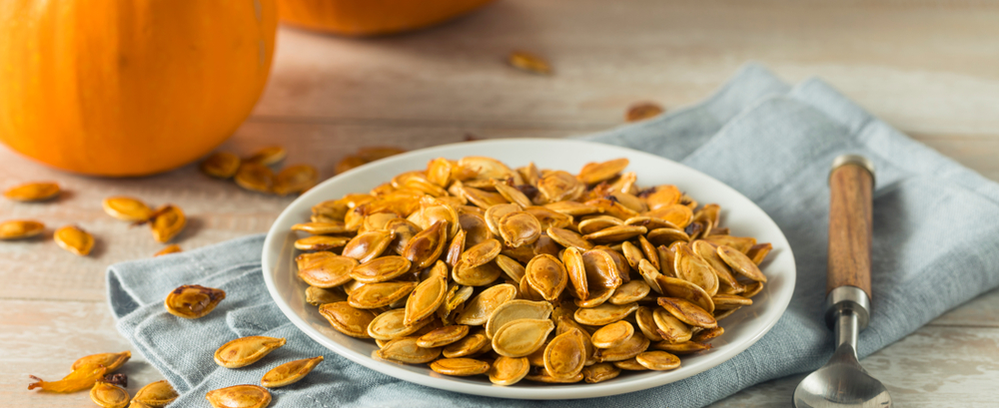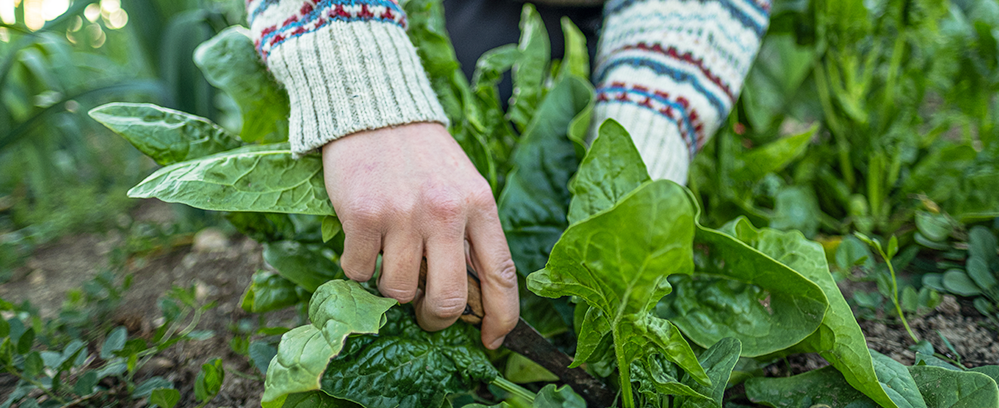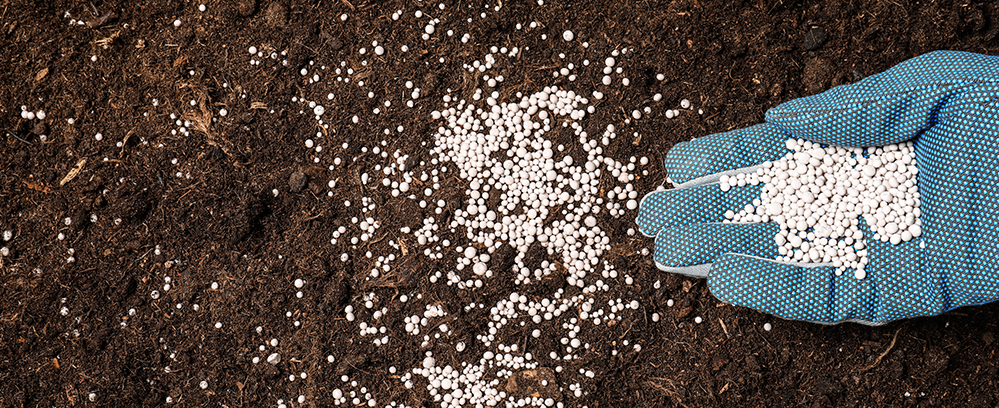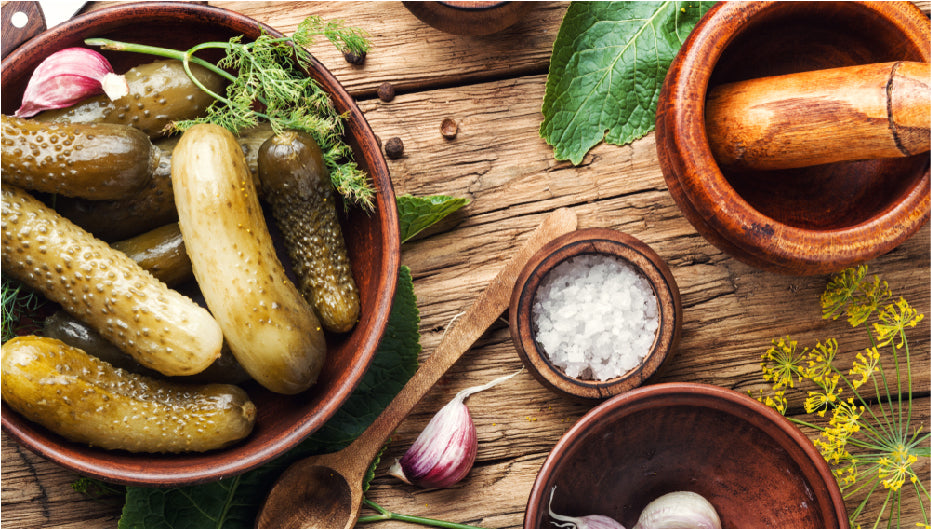Have you ever grown cucumber or zucchini plants and noticed a lot of yellow flowers but didn't see any cukes or zukes?
In this article, we'll teach you how to tell which flowers will grow into cucumbers, melons, pumpkins, squash, and zucchini because identifying the differences in their flowers can help you understand how these plants grow and what to expect.
And we're focusing on these plants—known collectively as cucurbits—because they're popular and their male and female blossoms sometimes create confusion. So, let's "vine" out more.
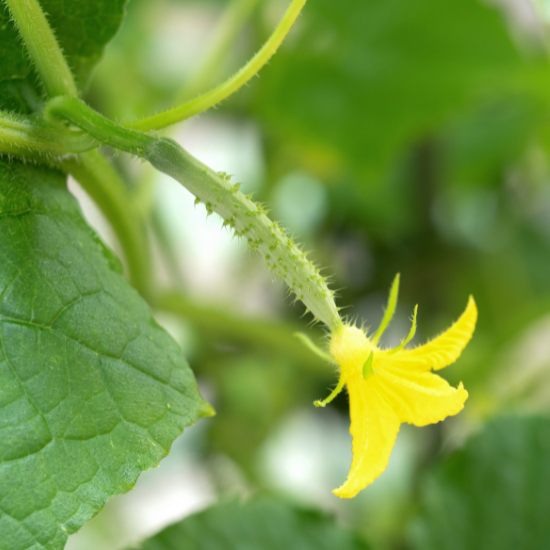
Yellow, female cucumber flower attached to an immature cucumber
Knowing when cucurbits bloom helps.
Cucurbits include cantaloupe, cucumber, pumpkins, squash, watermelon, zucchini, and some gourds.
Early in the growing season, cucurbits put out male flowers to attract pollinators—followed by female flowers later in the season.
Male flowers produce pollen, and female flowers receive it through pollination by insects. Therefore, male flowers cannot set fruit, and female flowers cannot make pollen.
So, that initial set of male blossoms often creates confusion, causing many to wonder why the plants aren't setting fruit, even though the vines have abundant flowers.
Now let's learn how to tell them apart.
How can I easily tell male and female flowers apart?
There are two easy ways to tell male and female flowers apart that don't require a magnifying glass or close examination. The first is size and quantity. Male blossoms are often smaller and more numerous than female blossoms. But the main difference is that female cucurbit blossoms have "baby" immature fruit behind the flower. In contrast, the stems of male flowers are plain and thin.
So, if you decide to try a squash-blossom recipe, we recommend using male flowers to avoid sacrificing the baby squash developing under female flowers.
What are the parts of a flower?
Knowing a flower's parts can help you to identify male and female cucurbit blossoms. So, here's a quick review.
A complete flower has four main parts: sepals, petals, stamens, and pistils.
Sepals enclose and protect flower buds.
Petals attract pollinators by being colorful and conspicuous.
Stamens are male reproductive organs comprised of an anther and a filament.
Pistils are female reproductive organs consisting of a stigma, style, and ovary.
So, on a flower bud, from the outside-in, sepals cover petals surrounding stamens with pistils in the center.
And it's important to know that not all flowers have all parts, like cucurbit blossoms, which only have three.

Diagram of a complete, perfect flower showing male and female parts
How are pistils and stamens different?
Female flowers have pistils and male flowers have stamens. An easy way to remember is that stamen has the word “men” in it.
A pistil consists of three parts: the stigma, style, and ovary.
The stigma is at the top, with a thin style in the middle, attached to the ovary at the bottom—the entire structure shaped like a bowling pin or vase. Stigmas are designed to trap pollen. So, they're usually sticky or fuzzy. A collection of pistils in a single flower is called a gynoecium, which translates to "female household."
Male sexual organs form a structure called a stamen, consisting of two parts: an anther and a filament.
Anthers are pollen-holding structures at the top, attached to filaments holding them in place. A collection of stamens is called androecium, which translates to "male household."
Cucurbits do not self-pollinate.
Cucurbit flowers are "imperfect" and not self-pollinating, and here's why.
Botanically speaking, a
Examples of common garden plants with perfect flowers include beans, eggplants,
lettuce,
okra,
Complete flowers are perfect, but not all perfect flowers are complete.
Complete flowers must have sepals, petals, stamens, and pistils in the same flower—all four parts. If one or more are missing, the flower is incomplete. For example, if a flower has stamens and pistils but is missing sepals, petals, or both, it is perfect but incomplete.
Peas produce complete flowers. Cucurbit flowers are both imperfect and incomplete. It's important to know this because cucurbits require both male and female flowers to "complete" their life cycle of setting fruit and making seeds to ensure the survival of their species.
Cucurbits are monoecious plants.
Having male and female flowers on the same plant is called "monoecious." On the other hand, "dioecious" plants have either all male or all female flowers on separate plants within the same species. To learn more, Iowa State University offers an engaging explanation of monoecious and dioecious. It's worth your time to check it out.
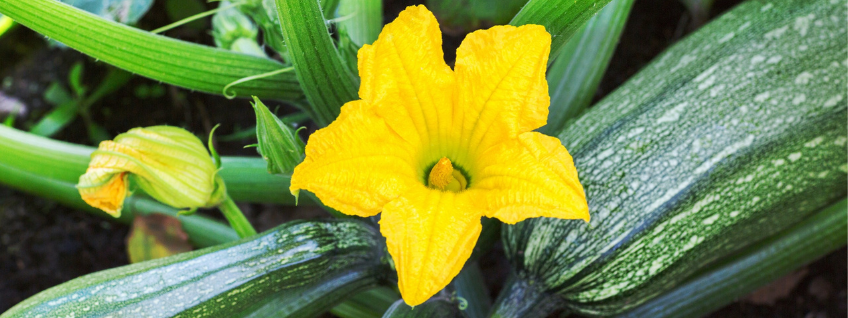
Zucchini plant showing fruit and two yellow flowers
So, knowing the difference between male and female flowers is pretty simple, right?
Now that you know the difference between male and female flowers, we hope you'll feel confident determining which cucurbit blossoms will develop into produce you can harvest and eat!
Also, we encourage you to go out and practice identifying cucurbit blossoms in your garden.
And for any concerns that sprout up, please do not hesitate to visit our Gardener's Helpline®, which is a page to assist you with commonly-asked questions.
Don't forget to tag us on social media for a chance to be featured in our story!

